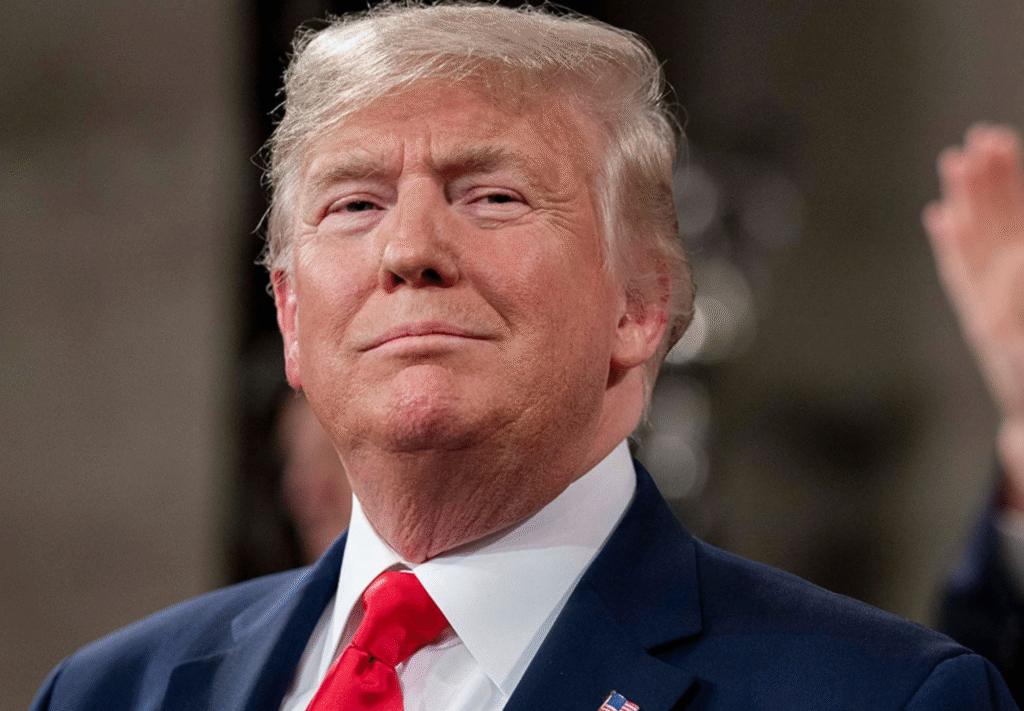World News
SettleMint’s AI assistant aims to help web3 developers write better smart contracts on August 3, 2023 at 2:28 am

The way artificial intelligence can write software has already prompted many companies to introduce code-generating products, so it’s no surprise that SettleMint, a low-code blockchain programming tool for enterprises, recently added an AI assistant to its platform.
The AI assistant, which arrived about nine months after SettleMint announced its 16 million euro Series A funding round, promises to help developers create smart contracts, integrate data, and enhance quality assurance (QA) testing.
Despite a climate where digital currency prices have nosedived, the seven-year-old Belgium company is seeing steady user growth as more enterprises are recognizing the benefits of blockchain technology but lack the technical skills to bring their ideas to fruition.
In a survey done by the programmer Q&A site Stack Overflow, only 1% of the respondents reported having done extensive work in Solidity, the programming language used to write smart contracts, which are self-executing digital contracts built on blockchains, normally Ethereum.
SettleMint didn’t create the AI assistant to replace humans, said Roderik van der Veer, co-founder and CTO at SettleMint. The AI could help draft smart contracts, but its real value is explaining what each line of code does.
“If you understand a piece of code, you know where you get it wrong,” said van der Veer. “So instead of having to look at the screen and trying to Google whatever you see, and processing all [the information on] the internet in your mind and [use] your Google skills to form a conclusion of what could be wrong, it does it for you.”
While the AI assistant can suggest modifications to avoid vulnerabilities, the code won’t be bug-free, said van der Veer. Technical audits are still necessary, especially given the complexity of blockchain systems. But having SettleMint as the first layer of screening means auditors can spend more time on the “non-trivial” parts of the code to debug, the founder suggested.
SettleMint is training the AI assistant mostly on OpenAI’s GPT-4 and supplying it with up-to-date information on blockchain development, which is transforming rapidly with frequent technical upgrades.
Product screenshot of SettleMint’s new AI assistant. Image: SettleMint
The “crypto winter” hasn’t had an adverse impact on SettleMint, which has been “growing quite a bit” in lead generation and signed contracts with sales multiplying 3-4x this year, according to van der Veer. Changing customer behavior also reflects a maturing of the enterprise blockchain space, as its users went from mostly “small teams within companies doing a specific project” to much larger groups undergoing “huge internal training.”
Companies are also using smart contracts for different purposes in crypto’s market downturn. NFT use cases, observed van der Veer, are moving away from collectibles towards practical use cases such as ticketing and guarantees as proof of ownership.
With offices in Leuven, Dubai, New Delhi, Singapore and Tokyo, SettleMint is pushing steadily into Asia with funding from the Japanese electronics giant Fujitsu, while it sees “a lot of growth” in the Middle East.
The way artificial intelligence can write software has already prompted many companies to introduce code-generating products, so it’s no surprise that SettleMint, a low-code blockchain programming tool for enterprises, recently added an AI assistant to its platform. The AI assistant, which arrived about nine months after SettleMint announced its 16 million euro Series A funding
News
US May Completely Cut Income Tax Due to Tariff Revenue

President Donald Trump says the United States might one day get rid of federal income tax because of money the government collects from tariffs on imported goods. Tariffs are extra taxes the U.S. puts on products that come from other countries.

What Trump Is Saying
Trump has said that tariff money could become so large that it might allow the government to cut income taxes “almost completely.” He has also talked about possibly phasing out income tax over the next few years if tariff money keeps going up.
How Taxes Work Now
Right now, the federal government gets much more money from income taxes than from tariffs. Income taxes bring in trillions of dollars each year, while tariffs bring in only a small part of that total. Because of this gap, experts say tariffs would need to grow by many times to replace income tax money.
Questions From Experts
Many economists and tax experts doubt that tariffs alone could pay for the whole federal budget. They warn that very high tariffs could make many imported goods more expensive for shoppers in the United States. This could hit lower- and middle‑income families hardest, because they spend a big share of their money on everyday items.
What Congress Must Do
The president can change some tariffs, but only Congress can change or end the federal income tax. That means any real plan to remove income tax would need new laws passed by both the House of Representatives and the Senate. So far, there is no detailed law or full budget plan on this idea.

What It Means Right Now
For now, Trump’s comments are a proposal, not a change in the law. People and businesses still have to pay federal income tax under the current rules. The debate over using tariffs instead of income taxes is likely to continue among lawmakers, experts, and voters.
News
Epstein Files to Be Declassified After Trump Order

Former President Donald Trump has signed an executive order directing federal agencies to declassify all government files related to Jeffrey Epstein, the disgraced financier whose death in 2019 continues to fuel controversy and speculation.
The order, signed Wednesday at Trump’s Mar-a-Lago estate, instructs the FBI, Department of Justice, and intelligence agencies to release documents detailing Epstein’s network, finances, and alleged connections to high-profile figures. Trump described the move as “a step toward transparency and public trust,” promising that no names would be shielded from scrutiny.
“This information belongs to the American people,” Trump said in a televised statement. “For too long, powerful interests have tried to bury the truth. That ends now.”
U.S. intelligence officials confirmed that preparations for the release are already underway. According to sources familiar with the process, the first batch of documents is expected to be made public within the next 30 days, with additional releases scheduled over several months.
Reactions poured in across the political spectrum. Supporters praised the decision as a bold act of accountability, while critics alleged it was politically motivated, timed to draw attention during a volatile election season. Civil rights advocates, meanwhile, emphasized caution, warning that some records could expose private victims or ongoing legal matters.
The Epstein case, which implicated figures in politics, business, and entertainment, remains one of the most talked-about scandals of the past decade. Epstein’s connections to influential individuals—including politicians, royals, and executives—have long sparked speculation about the extent of his operations and who may have been involved.

Former federal prosecutor Lauren Fields said the release could mark a turning point in public discourse surrounding government transparency. “Regardless of political stance, this declassification has the potential to reshape how Americans view power and accountability,” Fields noted.
Officials say redactions may still occur to protect sensitive intelligence or personal information, but the intent is a near-complete disclosure. For years, critics of the government’s handling of Epstein’s case have accused agencies of concealing evidence or shielding elites from exposure. Trump’s order promises to change that narrative.
As anticipation builds, journalists, legal analysts, and online commentators are preparing for what could be one of the most consequential information releases in recent history.
Politics
Netanyahu’s UN Speech Triggers Diplomatic Walkouts and Mass Protests

What Happened at the United Nations
On Friday, Israeli Prime Minister Benjamin Netanyahu addressed the United Nations General Assembly in New York City, defending Israel’s ongoing military operations in Gaza. As he spoke, more than 100 delegates from over 50 countries stood up and left the chamber—a rare and significant diplomatic walkout. Outside the UN, thousands of protesters gathered to voice opposition to Netanyahu’s policies and call for accountability, including some who labeled him a war criminal. The protest included activists from Palestinian and Jewish groups, along with international allies.

Why Did Delegates and Protesters Walk Out?
The walkouts and protests were a response to Israel’s continued offensive in Gaza, which has resulted in widespread destruction and a significant humanitarian crisis. Many countries and individuals have accused Israel of excessive use of force, and some international prosecutors have suggested Netanyahu should face investigation by the International Criminal Court for war crimes, including claims that starvation was used as a weapon against civilians. At the same time, a record number of nations—over 150—recently recognized the State of Palestine, leaving the United States as the only permanent UN Security Council member not to join them.
International Reaction and Significance
The diplomatic walkouts and street protests demonstrate increasing global concern over the situation in Gaza and growing support for Palestinian statehood. Several world leaders, including Colombia’s President Gustavo Petro, showed visible solidarity with protesters. Petro called for international intervention and, controversially, for US troops not to follow orders he viewed as supporting ongoing conflict. The US later revoked Petro’s visa over his role in the protests, which he argued was evidence of a declining respect for international law.

Why Is This News Important?
The Gaza conflict is one of the world’s most contentious and closely-watched issues. It has drawn strong feelings and differing opinions from governments, activists, and ordinary people worldwide. The United Nations, as an international organization focused on peace and human rights, is a key arena for these debates. The events surrounding Netanyahu’s speech show that many nations and voices are urging new action—from recognition of Palestinian rights to calls for sanctions against Israel—while discussion and disagreement over the best path forward continue.
This episode at the UN highlights how international diplomacy, public protests, and official policy are all intersecting in real time as the search for solutions to the Israeli-Palestinian conflict remains urgent and unresolved.

 Entertainment4 weeks ago
Entertainment4 weeks agoWicked Sequel Disappoints Fans: Audience Verdict on For Good

 Entertainment4 weeks ago
Entertainment4 weeks agoAriana & Cynthia Say They’re in a ‘Non‑Demi Curious, Semi‑Binary’ Relationship… WTF Does That Even Mean?

 News4 weeks ago
News4 weeks agoMexico Bans Dophin Shows Nationwide

 Entertainment4 weeks ago
Entertainment4 weeks agoColombia’s ‘Doll’ Arrest: Police Say a 23-Year-Old Orchestrated Hits, Including Her Ex’s Murder

 Entertainment4 weeks ago
Entertainment4 weeks agoHow The Grinch Became The Richest Christmas Movie Ever

 Entertainment4 weeks ago
Entertainment4 weeks agoMiley Cyrus Is Engaged to Maxx Morando

 Business3 weeks ago
Business3 weeks agoLuana Lopes Lara: How a 29‑Year‑Old Became the Youngest Self‑Made Woman Billionaire

 News4 weeks ago
News4 weeks agoUS May Completely Cut Income Tax Due to Tariff Revenue





























